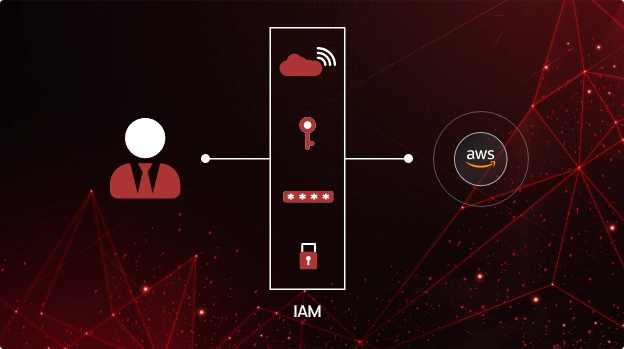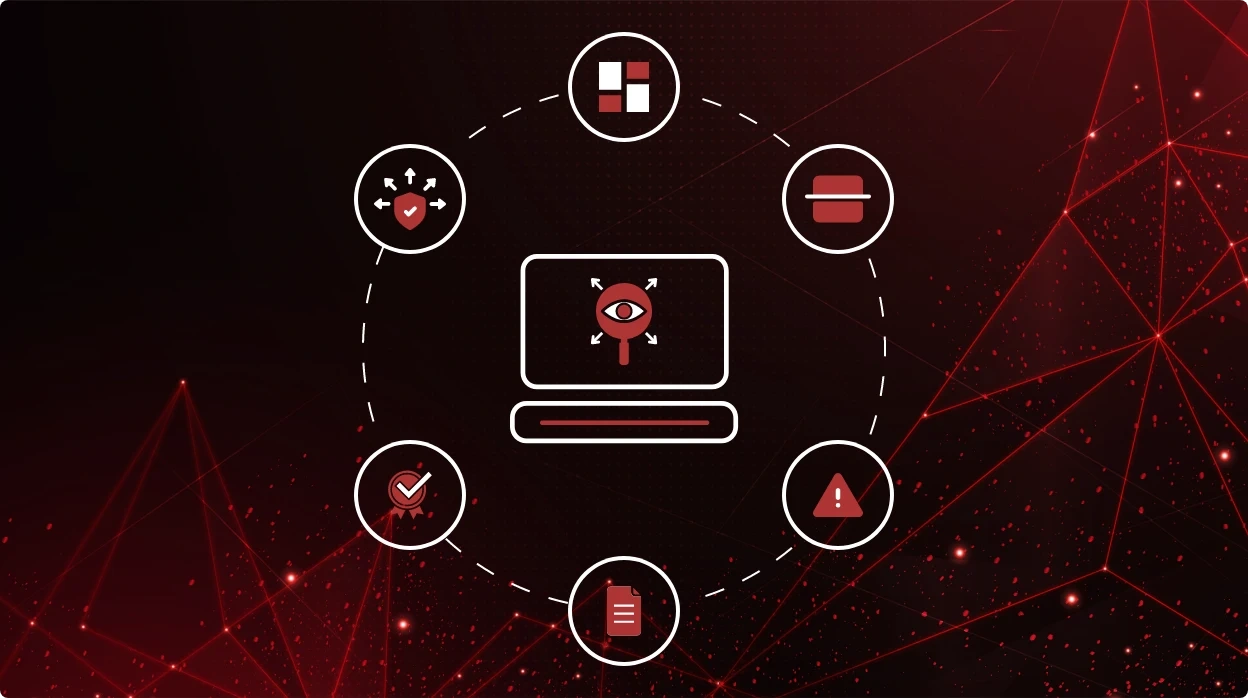Managing AWS Identity and Access Management

In the dynamic world of cloud computing, managing access privileges is of utmost importance to ensure the security and integrity of your data and resources. Among the various cloud service providers, Amazon Web Services (AWS) stands out as a leading player, providing a robust and flexible platform for businesses of all sizes.
Privilege management refers to the process of granting appropriate access rights to individuals or entities, allowing them to perform specific actions within an AWS environment. It is essential to strike the right balance between granting sufficient privileges for users to carry out their tasks and minimizing the risk of unauthorized access or data breaches.
Understanding AWS Identity and Access Management (IAM)
AWS identity and access management is the tool that helps manage user identities and their specific access to AWS resources. It acts as the gatekeeper, controlling one’s ability to perform specific actions in your AWS environment. IAM allows you to enforce security and access controls based on your creation and management of users, groups, and roles.
Key Components of AWS IAM:
| Users | Groups | Roles | Policies |
|---|---|---|---|
| Users are unique individuals within your organization who require access to AWS resources. IAM allows you to create and manage user accounts, assign security credentials, and control access based on their roles and responsibilities. | Groups provide an efficient way to manage multiple users with similar access requirements. By assigning permissions to groups instead of individuals, you can easily grant or revoke access to resources for a group of users simultaneously. | Roles are used to delegate access permissions to AWS services or trusted entities. Roles play a crucial role in granting temporary access to resources, enabling secure cross-account access, and supporting identity federation. | Policies are the core of AWS IAM, defining the permissions that determine what actions users and roles can perform on AWS resources. Policies can be attached to users, groups, and roles, allowing fine-grained control over access permissions. |
Benefits of AWS IAM:
| Enhanced Security | Granular Control | Compliance and Audit |
|---|---|---|
| IAM ensures that only authorized users can access and act upon your AWS environment. By implementing robust authentication and authorization mechanisms, it tackles the threat of uncertified access. | IAM provides the flexibility to define and enforce precise permissions for different users, groups, and roles. This granular control allows you to tailor access privileges according to individual roles, minimizing the surface of impact. | IAM facilitates compliance with industry regulations and internal security policies. It enables you to generate detailed access reports, track user activity, and review changes, ensuring accountability and simplifying audit processes. |
Challenges in Managing AWS IAM and Privileges
Managing AWS IAM and privileges can be a complex task, presenting several challenges for organizations.
Complexity of IAM Configuration
IAM configuration involves multiple components, including users, groups, roles, and policies. The manual management of these elements can take time and often open you up to the risk of errors. Simplifying and streamlining the IAM configuration process is essential for efficient management.
Lack of Visibility and Control
As AWS environments grow, it becomes challenging to maintain visibility and control over user access and permissions. Lack of supervision can lead to unauthorized access and security breaches. Organizations need centralized cloud security platforms that provide real-time visibility and control over IAM settings.
Compliance and Security Risks
Ensuring compliance with standardized regulations and security best practices is critical. Without proper IAM management, organizations risk non-compliance and vulnerabilities. Automated compliance checks and continuous monitoring in cloud security platforms are vital for addressing these risks.
Managing Privileges at Scale
As organizations expand their AWS usage, managing privileges across numerous users and resources becomes increasingly complex. Implementing a scalable privilege management system that enforces the principle of least privilege helps mitigate security risks.
Harnessing CheckRed for Enhanced AWS Identity and Access Management and Privilege Management
CheckRed revolutionizes AWS identity and access management, delivering powerful capabilities for improved security and efficiency.
Streamlining IAM Configuration
- Automated Assessment and Remediation: CheckRed automates assessments and offers remediation steps, streamlining IAM configuration.
- Policy Violation Detection and Correction: Real-time detection of policy violations and automated corrective actions strengthen IAM security.
Enhancing Visibility and Control
- Real-time Monitoring and Alerting: CheckRed provides real-time monitoring and alerts for proactive threat response.
- Centralized IAM Dashboard: A centralized dashboard offers comprehensive IAM visibility and simplified management.
Proactive Security and Compliance
- Continuous Compliance Monitoring: CheckRed ensures ongoing compliance with standards.
- Audit Trail and Reporting: Detailed audit trails and comprehensive reports simplify compliance and security analysis.
Efficient Privilege Management
- Least Privilege Recommendations: CheckRed optimizes access privileges based on the principle of least privilege.
- Role-Based Access Control (RBAC) Optimization: Efficient management of user roles aligns with responsibilities.
With CheckRed, organizations experience streamlined IAM configuration, enhanced visibility, proactive security, and efficient privilege management, ensuring a robust and compliant AWS environment.


